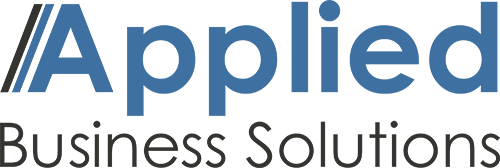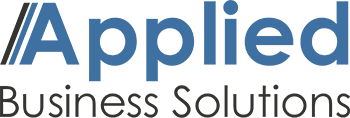The Equal Employment Opportunity Commission (EEOC) stands as a beacon of workplace fairness and equality, enforcing federal laws that prohibit employment discrimination. Understanding the EEOC’s role is paramount for business leaders, as it not only shapes the ethical foundation of an organization but also guards against legal risks and fosters a culture of diversity and inclusion. This article explores the significance of the EEOC for business leaders and outlines strategies to maintain awareness and compliance with its regulations.
The Crucial Role of the EEOC
Established in 1965, the EEOC is charged with the enforcement of federal statutes that make it illegal to discriminate against a job applicant or an employee because of the person’s race, color, religion, sex (including pregnancy, transgender status, and sexual orientation), national origin, age (40 or older), disability, or genetic information. For business leaders, the commission’s work underscores the importance of cultivating an inclusive workplace where all employees feel valued and respected.
The Impact on Business Leaders
For leaders in the business world, the implications of EEOC guidelines extend far beyond compliance. Adhering to EEOC regulations can significantly impact an organization’s reputation, employee morale, and bottom line. Discrimination claims can lead to costly legal battles, damage to the company’s public image, and a decrease in employee productivity and engagement. Conversely, organizations that champion EEOC principles often enjoy a diverse workforce that drives innovation, attracts a broader customer base, and enhances decision-making processes.
Maintaining Awareness and Compliance
- Regular Training and Education: Implementing regular training sessions for all employees, including management, on EEOC regulations and the importance of a discrimination-free workplace is crucial. These sessions can help prevent unintentional violations and foster a culture of respect and understanding.
- Clear Policies and Procedures: Develop clear, written policies that outline the organization’s commitment to equal opportunity and the steps to take if an employee believes they have experienced discrimination. Ensure these policies are easily accessible and communicated to all team members.
- Proactive Monitoring and Evaluation: Regularly review and assess workplace practices, hiring procedures, and promotion criteria to ensure they align with EEOC guidelines. Utilize anonymous surveys to gather feedback on the workplace environment and identify areas for improvement.
- Diversity and Inclusion Initiatives: Beyond compliance, actively pursue diversity and inclusion initiatives that go above and beyond EEOC requirements. These can include mentorship programs, diversity training workshops, and partnerships with organizations that support underrepresented groups.
- Open Channels of Communication: Encourage open dialogue about discrimination and harassment. Employees should feel comfortable voicing concerns and believe that their complaints will be taken seriously and addressed promptly.
- Engagement with Legal Experts: Regularly consult with legal experts who specialize in employment law to stay abreast of any changes in EEOC regulations and ensure that your organization’s policies and practices are up to date.
Conclusion
The EEOC plays a vital role in shaping the landscape of the modern workplace, advocating for fairness, equality, and the eradication of discrimination. For business leaders, engagement with the principles and regulations enforced by the EEOC is not just a legal obligation but a strategic advantage. By fostering an environment that values diversity and inclusion, organizations can unlock their full potential, driving innovation, attracting top talent, and maintaining a positive reputation in the competitive business world. Maintaining awareness and proactive compliance with EEOC guidelines is a continuous journey that requires commitment, education, and an unwavering dedication to justice and equality.





